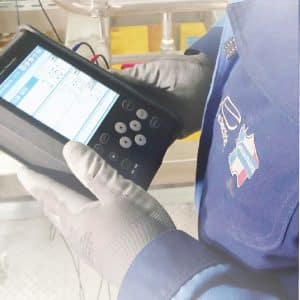The importance of effective and regular maintenance of flow rate sensors is that in normal operation, flow analyzers are exposed to a wide variety of contaminants.
These can be in the form of suspended solids carried by the medium being measured (such as dirt in water) or liquid/solid deposits formed on the outer surface of the flow transmitter (such as scale or corrosive materials).
To minimize the risk of fouling and to ensure accurate measurement over long periods of time, it is necessary to clean it regularly. Ideally, a flow meter should be cleaned once a year, or more frequently if it is exposed to particularly harsh conditions.
Cleaning in-line flow rate meter not only extends their life, but also ensures optimum performance at all times.
Regular cleaning prevents dirt and other blockages from building up in your meters, eliminating false readings and ensuring that you get an accurate reading every time you use them. Non-intrusive flow meters have the advantage of not being in direct contact with the fluid and do not require maintenance.
Calibration is important because it ensures accurate readings. If a flow rate meter is not properly calibrated, it will not provide reliable data that can be used for maintenance and plant improvement.
It is also important to calibrate meters before they are put into service, as poor calibration can lead to a decrease in accuracy over time. Calibration ensures that fluid flow measurement is taken at a consistent point that provides accurate results every time.
The best way to ensure the continued accuracy of your equipment is to use ongoing verification, maintenance and calibration services. A well-maintained flow meter will operate more efficiently than one that is not, resulting in lower operating costs for your business.




























































